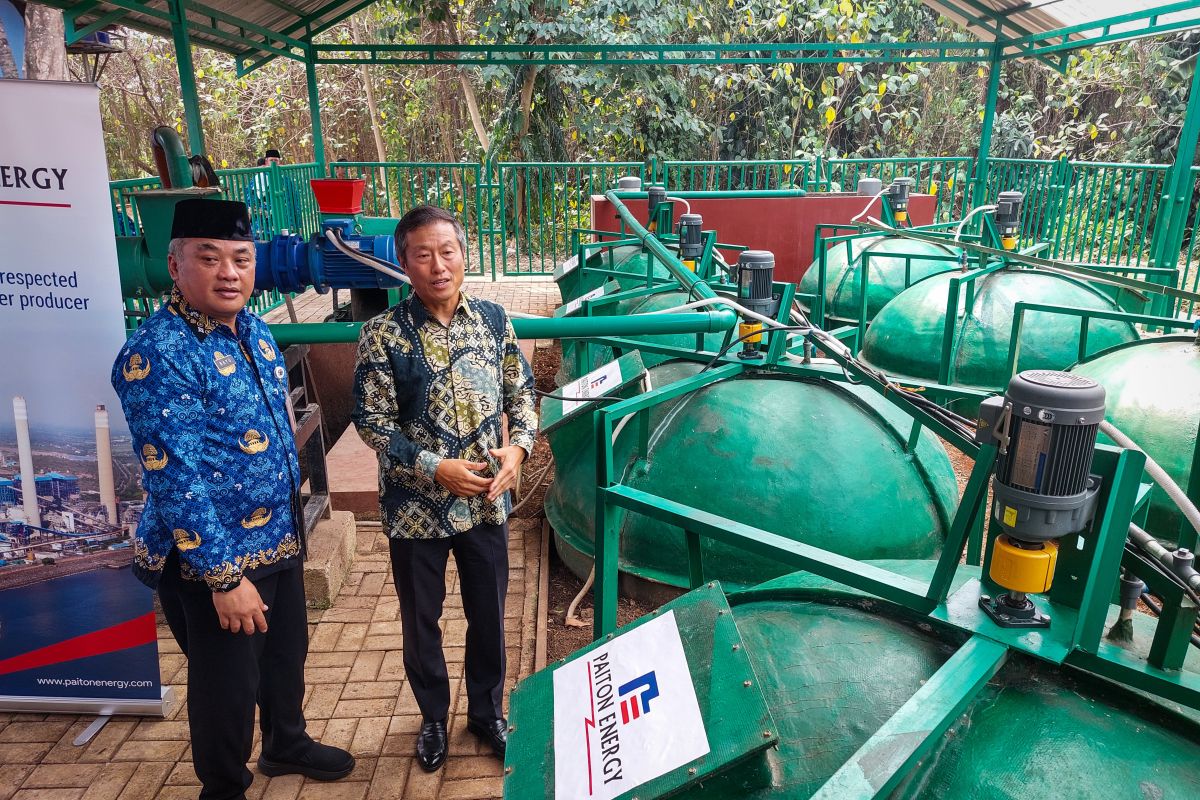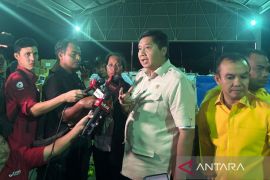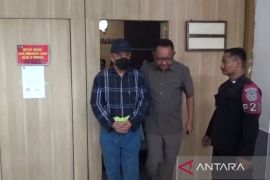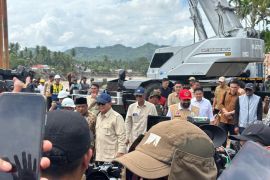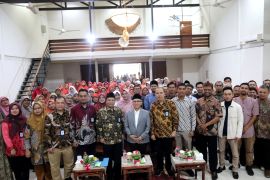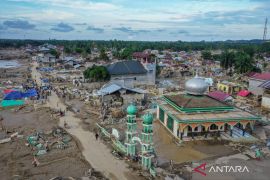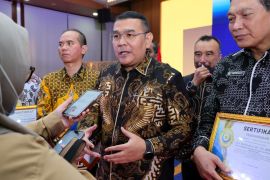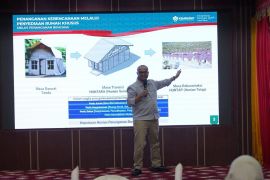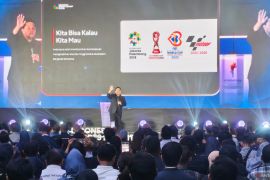The use of modern WtE technology is expected to help address the waste crisis in large and metropolitan areas such as Jakarta, which produces around 8,000 tons of waste per day.
According to data from the National Waste Management Information System (SIPSN), Indonesia generated 34.6 million tons of waste in 2024, based on reports from 319 districts and cities. Of that amount, 20.7 million tons remained unmanaged.
During a cabinet meeting last August, President Prabowo Subianto instructed his ministers to complete the waste-to-energy program within 18 months as part of efforts to strengthen the country’s waste management system.
Initially, the project design involved many stakeholders, including district heads, governors, ministries, local representative councils (DPRDs), and state-run electricity company PLN.
To accelerate completion, however, the mechanism has been streamlined: the national investment management authority Danantara Indonesia will coordinate directly with PLN, while project permits will be issued by the Ministry of Energy and Mineral Resources.
The government has identified 10 regions as top priorities in the initial phase of developing WtE facilities, based on a comprehensive assessment and verification process conducted by the Ministry of Environment.
The assessment criteria include regions that generate over 1,000 tons of waste per day, have available land for WtE development, and demonstrate a clear commitment from local governments to manage waste transportation, according to Coordinating Minister for Food Affairs and Chair of the National Acceleration Team for Food, Energy and Water Self-Sufficiency, Zulkifli Hasan.
The 10 designated regions are DKI Jakarta (with four sites), Bali, Yogyakarta, Bekasi City, Bekasi District, Greater Bogor, Tangerang, Semarang, Medan, and West Java - covering Bandung City, Cimahi City, West Bandung District, Sumedang District, and Garut District.
Hasan added an additional 14 regions are currently under review, including Serang, South Sulawesi, Depok, Pekanbaru, Lampung, Malang, Padang, Samarinda, Balikpapan, Pontianak, Banjarmasin, Jambi, Makassar City and South Tangerang City.
The Ministry of Environment emphasized that local governments must submit a formal declaration of readiness to the minister, accompanied by several key requirements.
These include providing at least 5 hectares of land that complies with spatial planning regulations, is flood-free, located away from airports and has sufficient road access and water infrastructure.
To ensure logistical efficiency, WtE facilities must be situated within 50 kilometers of the waste source.
Major funding
In a major financial boost to the initiative, Indonesia’s sovereign wealth fund Danantara announced that its Rp50 trillion (approximately US$3.2 billion) “patriot bonds” have been fully subscribed through a private placement scheme.
Danantara CEO Rosan Roeslani stated that the funds will support new and renewable energy projects as well as WtE projects in 33 locations across the country.
Danantara estimates that converting 1,000 tons of waste will require an investment of Rp2 trillion to Rp3 trillion or US$127 million to US$190 million.
With each plant producing up to 15 megawatts of electricity - enough to power roughly 20,000 households - the WtE program is estimated to reduce 80 percent of national greenhouse gases and save 90 percent of land use.
Danantara plans to launch the WtE projects by the end of October, which involve the development of eight out of a total of 33 waste processing plants across Indonesia.
The agency will select the most appropriate technology and partners to ensure optimal results, with the goal is not just profit but also environmental inspection and reducing the waste crisis, according to Danantara’s Managing Director for Investment Stefanus Ade Hadiwidjaja.
He added that the projects could create jobs and trigger a multiplier effect for local economies.
Construction of each facility is expected to take 18 to 24 months. People will be hired to operate and manage the plants, creating multiplier effects several times over, he noted.
Electricity generated from the waste processing plants will be purchased by state utility PLN, he added.
Meanwhile, the Ministry of Energy and Mineral Resources is preparing regulations, including pricing for electricity generated from WtE power plants.
The regulation will cover pricing for electricity generated from incineration and gasification processes, bioenergy consisting of biomass and biogas as well as substitute fuels from pyrolysis.
Potential partners
Danantara Chief Investment Officer (CIO) Pandu Sjahrir noted that the waste-to-energy business could yield a return on investment within five to six years.
Investors from Singapore, South Korea, Japan, China and European countries have begun showing interest in this promising sector, he claimed.
Sjahrir said Indonesia welcomes not only investment but also technological development to address the waste problem.
He hopes that investors experienced in managing urban waste will bring their expertise to Indonesia.
Executive Director of the Institute for Essential Services Reform (IESR), Fabby Tumiwa, appreciates the decision of Danantara to invest in WtE projects which contributes to addressing the waste issue.
He acknowledged that the entire process of converting waste into energy indeed requires significant costs.
Fabby mentioned two aspects that hinder the waste problem: limited landfill space and negative health impacts.
Therefore, the innovation of converting waste into an energy source is considered the right decision and has positive impacts.
Fabby explained that the current government policy plan, which involves Danantara Indonesia to stimulate funding for waste-to-energy, can make monitoring the program's implementation more systematic and accountable.
Meanwhile, the prospects for implementing waste processing into an energy source in Indonesian cities are also quite promising, he said.
Danantara's coordinating function is believed to unite the central government, regional governments, and the private sector to ensure program implementation is systematic, transparent and sustainable, he added.
This role is considered crucial to ensure that the waste-to-energy project is not hampered by financing constraints, waste supply, or pollution risks.
If this coordination is consistent, the program is believed to help Indonesia address the waste crisis while supporting the energy transition towards Net Zero Emissions by 2060.
Editor: Primayanti
Copyright © ANTARA 2025
